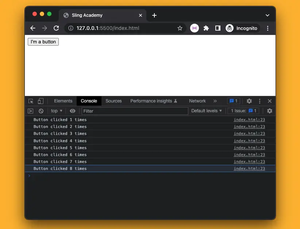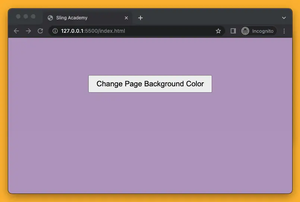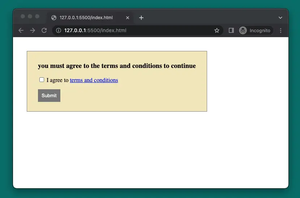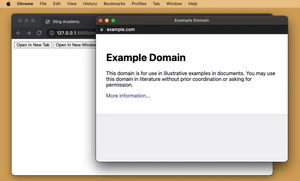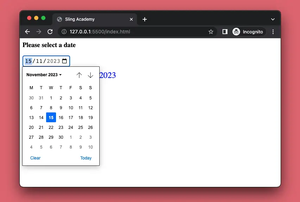The Web Crypto API is a powerful tool in modern web development that provides an interface for performing cryptographic operations in a secure manner. This API is available to anyone using a modern browser and allows for a wide array of cryptographic activities, like generating random numbers, encrypting and decrypting data, and, importantly for our article, signing and verifying messages.
What Are Message Signing and Verification?
Message signing is the process of appending a cryptographic signature to a message that proves the identity of the signer and guarantees the authenticity of the message content. Verification ensures that the signature attached to the message is valid and that the message hasn’t been tampered with.
Getting Started with the Web Crypto API
Before delving into signing and verification, you need to ensure your environment supports the Web Crypto API. This is available in most up-to-date browsers, so generally, no setup is required beyond writing some JavaScript.
Let's start with a fundamental example of generating cryptographic keys, which we'll use for signing and verifying messages.
// Generate an asymmetric key pair
async function generateKeyPair() {
const keyPair = await window.crypto.subtle.generateKey(
{
name: 'RSASSA-PKCS1-v1_5',
modulusLength: 2048,
publicExponent: new Uint8Array([0x01, 0x00, 0x01]),
hash: 'SHA-256'
},
true,
['sign', 'verify']
);
return keyPair;
}
// Usage
(async () => {
const keyPair = await generateKeyPair();
console.log(keyPair);
})();
Signing a Message
Once you have your key pair, signing a message is straightforward. You'll use the private key from your key pair to create the signature.
async function signMessage(message, privateKey) {
const enc = new TextEncoder();
const encodedMessage = enc.encode(message);
return await window.crypto.subtle.sign(
{
name: 'RSASSA-PKCS1-v1_5'
},
privateKey,
encodedMessage
);
}
// Usage
(async () => {
const keyPair = await generateKeyPair();
const signature = await signMessage('Hello, World!', keyPair.privateKey);
console.log(new Uint8Array(signature));
})();
Verifying a Message
Verifying involves checking the signature using the associated public key. If verification is successful, the operation confirms that the message was signed by the private key holder and the content was not altered.
async function verifyMessage(message, signature, publicKey) {
const enc = new TextEncoder();
const encodedMessage = enc.encode(message);
return await window.crypto.subtle.verify(
{
name: 'RSASSA-PKCS1-v1_5'
},
publicKey,
signature,
encodedMessage
);
}
// Usage
(async () => {
const keyPair = await generateKeyPair();
const message = 'Hello, World!';
const signature = await signMessage(message, keyPair.privateKey);
const isValid = await verifyMessage(message, signature, keyPair.publicKey);
console.log('Signature valid:', isValid);
})();
Handling Errors and Edge Cases
When working with cryptographic operations, consider handling errors and unexpected inputs to maintain the integrity and reliability of your application. Common issues may include:
- Invalid key parameters during key generation.
- Incorrect message encoding or decoding processes.
- Mismatched key types for signing and verification.
Error handling can be achieved using try-catch blocks to intercept exceptions and log them appropriately:
try {
const keyPair = await generateKeyPair();
// Carry out signing and verification
} catch (error) {
console.error('An error occurred:', error);
}
Conclusion
The Web Crypto API is a useful tool for securing communications in web applications through client-side cryptography. Mastering the aspects of message signing and verification can significantly enhance the security of data exchange, verifying the authenticity of the messages and safeguarding against tampering.
As with every powerful tool, make sure to stay informed about the latest updates in the Web Crypto API and best practices surrounding cryptographic security.


